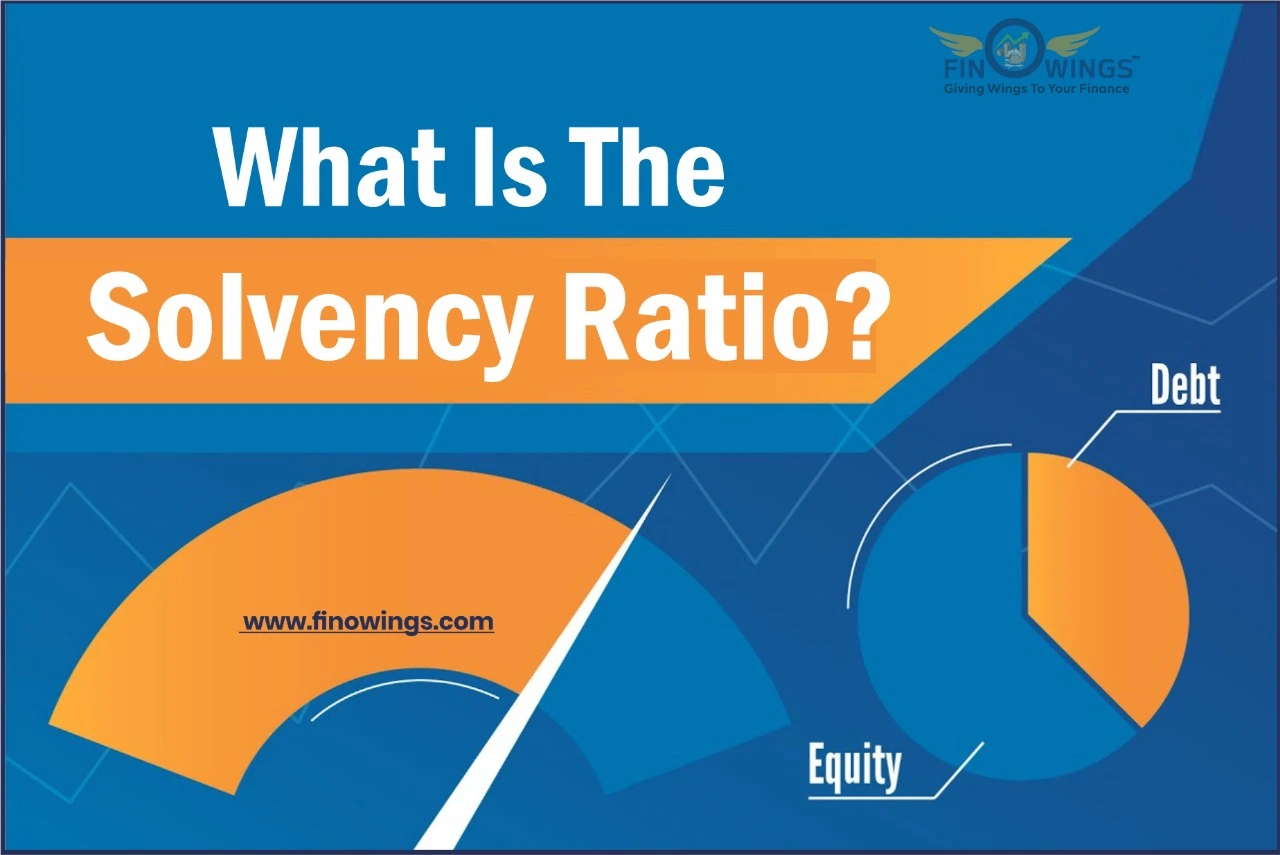Home >> Blog >> A Beginners Guide to Weighted Average - Meaning, Usage, and Calculation
A Beginners Guide to Weighted Average - Meaning, Usage, and Calculation

Table of Contents
1. What is the Weighted Average?
The weighted average calculation approach uses different weights for each set of data rather than using a single weight to calculate the average. Compared to the basic average, this average is thought to be more accurate.
Each number has a unique quantity, which makes it easier to comprehend the significance of each weighted number. Each number in the data set is multiplied by the predefined weight before the weighted average is calculated.
As a result, the data is more accurate and the results are more precise. It helps investors to track the price of securities purchased at various points in time.
2. Understand the Weighted Average?
The value and weight of each integer are equal when calculating the simple average or arithmetic mean. The weights assigned to each value in a weighted average, however, determine the relative relevance for every data point in advance.
The weighted average is used in various fields to produce more accurate results by equating the value of various inputs.
Investors typically purchase equities throughout a specific period of time, which makes it difficult to track the cost of various securities as their value fluctuates.
As a result, investors assess the average share price using the weighted average technique. You must multiply the price by the number of shares you buy at each point to determine the weighted average.
In order to obtain the weighted average, the value you get at through this computation will then be divided by the total number of shares.
The weighted average number you ultimately received is more descriptive than the simple average. It cleans up the data and improves the outcome's correctness.
2.2 How to Use Weighted Average on a Portfolio
Over the course of the time period, an investor purchased multiple shares of the company. It is challenging to keep track of the cost of the securities and the proportional shift in their worth because these shares are frequently purchased at different prices.
Investors can follow the price of each share they purchased during the period as well as changes in those prices by using the weighted average. Let's use an example to better grasp this.
Let's say you bought 100 shares of the ABC Company at the price of INR 10 per share in the first year. You buy more shares of the same company the next year since it is performing well and its share price is increasing. This time, you pay INR 40 for each share and you buy 50 shares.
The value of each share must then be multiplied by the number of shares in order to arrive at the weighted average. 100 *10 = 1000 and 50*40 = 2000. Now add both 1000 and 2000 to get 3000. Now divide the value by the total number of shares to obtain the weighted average. 3000 / 100 + 50 = 3000 / 150 = 20.
The price paid for each share is INR 20. You can now make an assumption based on the weighted average price of each share rather than the absolute price.
2.3 Example of Weighted Average
-
The weighted average is significant since it is utilised in many areas of finance, not only in investing. It is taken into consideration when computing portfolio returns, inventory accounting, valuation, etc. If a fund owns multiple distinct securities more than 10% of the time each year. This 10% frequently represents the portfolio's weighted average return on investment for each share.
-
In inventory accounting, the weighted average is used to determine how much each product's value has changed over time. In this method time is more important than value, the methods LIFO (Last in, First Out) or FIFO (First in, First Out) are most usually employed to determine the inventory average.
-
Investors discount the company's cash flow using the weighted average cost of capital (WACC) approach to determine whether the share price fixed by the company is appropriate or not. This strategy incorporates the market value of equity and debt into the capital structure of the organisation.
-
Other weighted averages used in finance include the volume-weighted average price (VWAP), the exponential moving average (EMA), and others. These methods are used to calculate weighted averages in various financial contexts.
3. How to Calculate the Weighted Average
The value of each data set in the weighted average is distinct rather than the same, which distinguishes it from the simple average. Because of this, the information utilised to create the weighted average has more significance and frequently yields reliable results.
Let's examine how to determine the weighted average:
Let's say you have investments in various securities. Assume your portfolio consists of 44% bonds, 50% stocks, and 6% cash. Now multiplying this value by their yearly return yields the weighted average. Therefore, it is assumed that you earned 5% on bonds, 7% on equities, and 2% return on cash respectively.
Thus, we shall multiply the numbers 44*5 (220), 50*7 (350), and 6*2 (12). Now we add all of these figures together (220 + 350 + 12 = 582), and the value we get from here is now divided by the full amount of your investment 44 + 50 + 6 = 100.
582 / 100 = 5.82
Thus, a weighted average of 5.82 is determined on your investment.
4. The Bottom Line
The weighted average is significant in investing. Compared to a simple average that uses the same collection of data, it aids in the calculation of a more accurate average while assigning a specific weight to each group of data. Other fields can benefit from this weighted average strategy as well.
This technique can also be used to get the precise average of your securities over a given period of time. You can purchase Agarwal Corporate courses to discover more about these types of investing-related factors or to acquire improved investment tactics. They offer thorough financial education courses that can help you thoroughly understand a number of investing techniques and level up your investing game.
Frequently Asked Questions
While the simple average computes using the same value for each data point, a weighted average uses a distinct weight for each value. Therefore, a weighted average can result in better outcomes than a simple average.
Instead of each data point having the same value as the normal average, the weighted average gives each data point a specific weight. The results of the weighted average are more accurate because of the assigned weight to each value.
To calculate the weighted average, multiply each value by the associated weight. After multiplying all the values add them and divide the result by the total sum of all weights. This method yields a quotient, which is the weighted average.

















